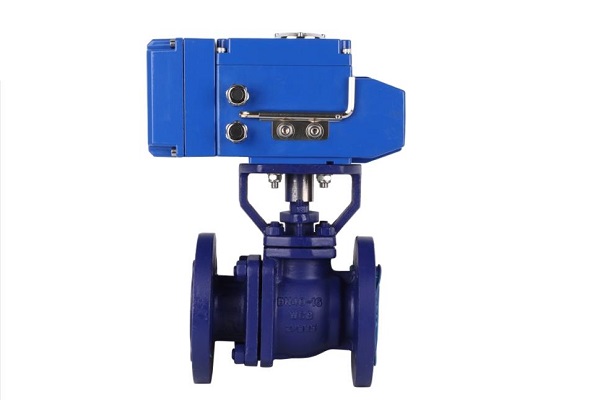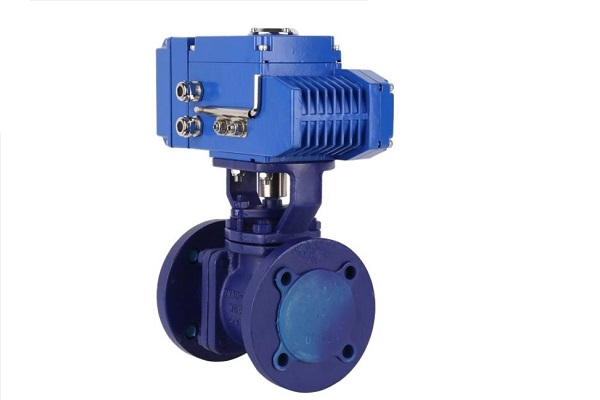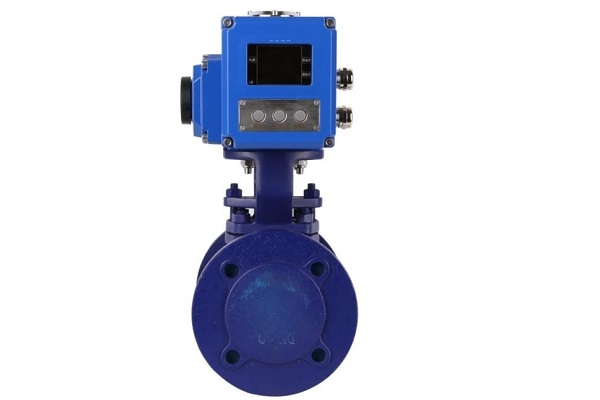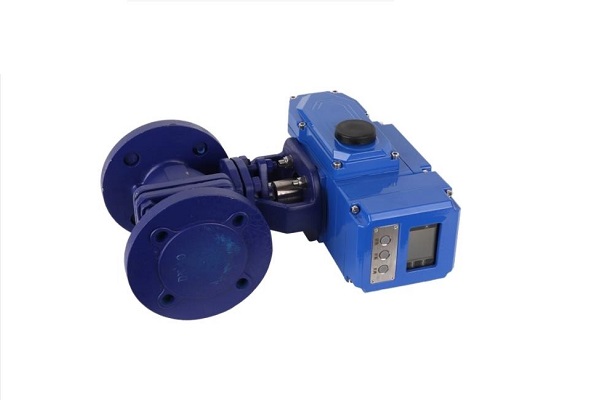Pneumatic actuator single-acting: When the compressed air enters the middle cavity between the two pistons of the cylinder from the air port D, the two pistons are separated and moved toward the two ends of the cylinder, forcing the springs at both ends to compress, and the air in the air cavities at both ends is discharged through the air port, while making The two-piston gear timing belt output shaft gear rotates 90° counterclockwise. After the compressed air is reversed by the solenoid valve, the two pistons of the cylinder move to the middle direction under the elastic force of the spring, the air in the middle air cavity is discharged from the air port B, and the racks of the two pistons simultaneously drive the output shaft gear to rotate clockwise 90°. The slight angle can be adjusted from both ends. Loosen the nut and use the Allen wrench to turn the adjusting bolt to adjust the desired angle, and then tighten the nut.
Double-acting pneumatic actuator: when the compressed air enters the middle cavity between the two pistons of the cylinder from the air port B, the piston is separated and moved toward the direction of the cylinder, the air in the air cavities at both ends is discharged through the air port A, and the racks of the two pistons simultaneously drive the output. The shaft gear is rotated 90° counterclockwise. The micro angle can be adjusted from both ends. Loosen the nut and adjust the bolt with an Allen wrench to adjust the desired angle and tighten the nut. On the other hand, when the compressed air enters the air chambers at both ends of the cylinder from port A, the two pistons move toward the middle of the cylinder, the air in the middle air chamber is discharged through port B, and at the same time, the rack synchronous belt output shaft gear of the two pistons rotates clockwise. 90°.




 WENZHOU WEITUO VALVE CO., LTD.
WENZHOU WEITUO VALVE CO., LTD.